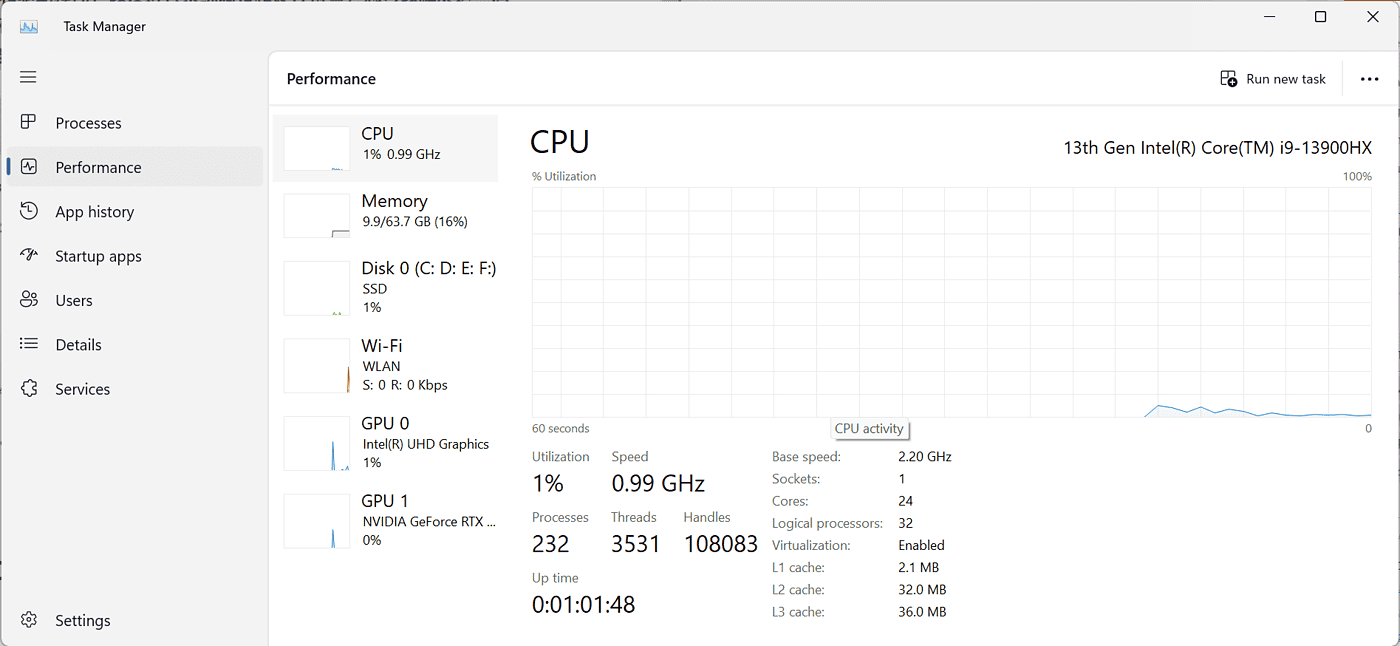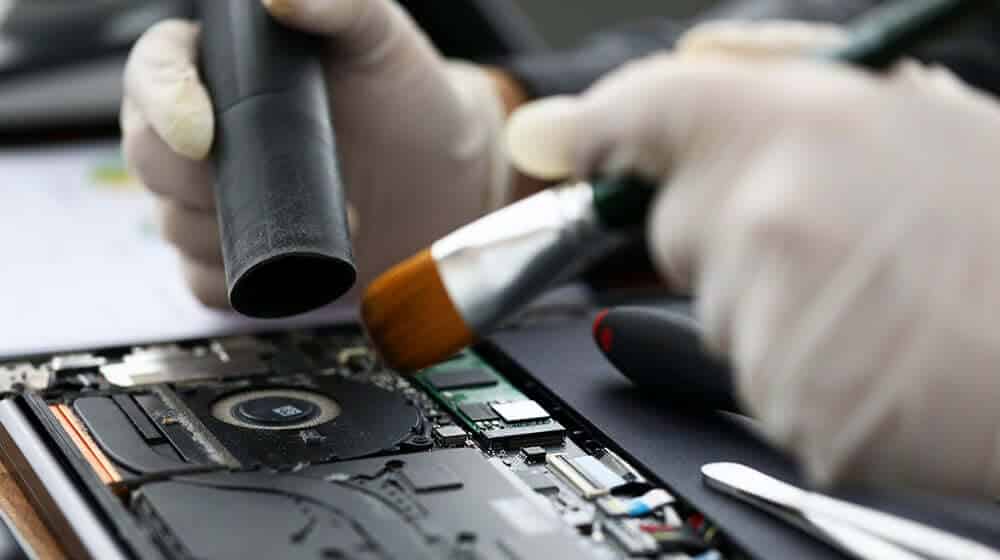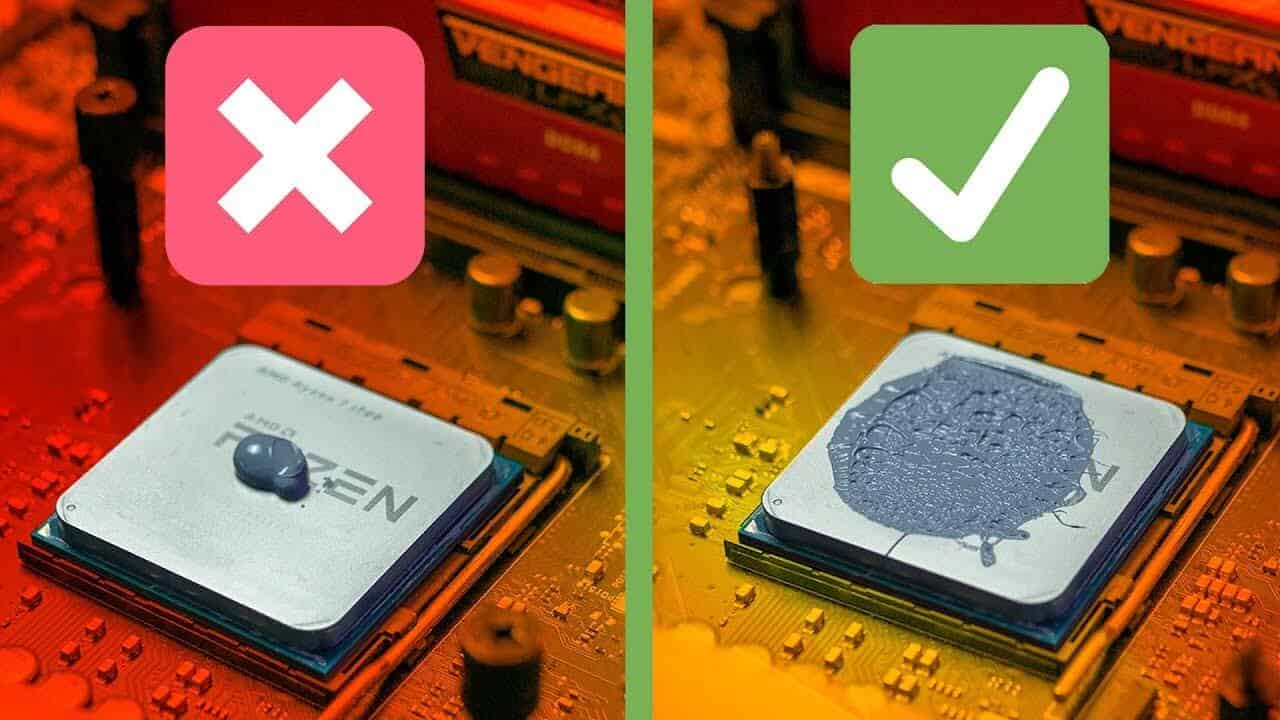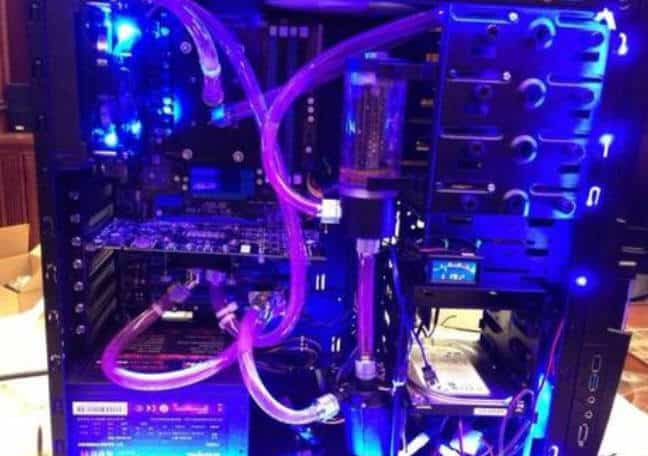High CPU usage on the computer may lead to a decrease in system performance, affecting normal usage. This tutorial will provide you with a detailed introduction to various methods, from software optimization to system adjustments, to help you resolve high CPU usage issues and restore the smooth operation of the computer.
01
Why is the CPU Temperature too High?

High CPU usage on the computer can be caused by various reasons. However, you can resolve this issue and improve computer performance by identifying processes consuming CPU, closing unnecessary background programs, updating software and drivers, performing system adjustments, and conducting hardware checks. Depending on the specific situation, choose the appropriate methods to troubleshoot and resolve the issue, ensuring your computer returns to its optimal state.
02
Effective Solutions to Reduce High CPU Temperatures
① Clean the Inside of Your Computer

Regularly cleaning the internal dust and dirt from your computer is the first crucial step in addressing high CPU temperatures. Start by shutting down your computer, disconnecting the power, and unplugging the power cord. Carefully open the computer case and use compressed air to blow away the internal dust. Pay special attention to cleaning the CPU fan and heatsink to ensure they are not obstructed.
② Replace Thermal Paste

Thermal paste is the thermal conductor that connects the CPU and the heatsink, and it has a limited lifespan. If your CPU temperature is excessively high, it may be due to the thermal paste deteriorating. You can purchase thermal paste suitable for your CPU and follow the provided instructions to replace it.
③ Improving Heat Dissipation

Ensure that your computer’s cooling system operates efficiently. You can enhance heat dissipation by installing larger, more efficient fans or a liquid cooling system. Additionally, using cooling pads or stands can effectively improve heat dissipation.
④ Use Your Computer Wisely

- Open the Task Manager, which you can access by pressing the “Ctrl + Shift + Esc” key combination or right-clicking the taskbar and selecting “Task Manager.”
- In the “Processes” tab, identify processes that are consuming a significant amount of CPU.
⑤ Raise Ambient Temperature

If the surrounding environment has a high temperature, it can increase the heat burden on your computer. You can use air conditioning or fans to lower room temperature, which will help reduce the load on the CPU.
⑥ Update Drivers and System
Timely update your operating system and hardware drivers to ensure they are aligned with the latest optimizations and fixes, thus reducing high temperatures caused by software issues.
⑦ Avoid Overclocking
Overclocking is a method to enhance CPU performance but can also lead to higher power consumption and temperatures. If your CPU temperature is already high, it’s advisable not to overclock.
Recommended Reading:
- Storage Expansion in Xiaomi 14: What You Must Know
- Comprehensive Guide: Common CPU Issues and Solutions
- Solder Paste Cost Breakdown: What You Need to Know

Disclaimer: This account maintains a neutral stance on all original and reposted articles, and the views expressed therein. The articles shared are solely intended for reader learning and exchange. Copyright for articles, images, and other content remains with the original authors. If there is any infringement, please contact us for removal.



